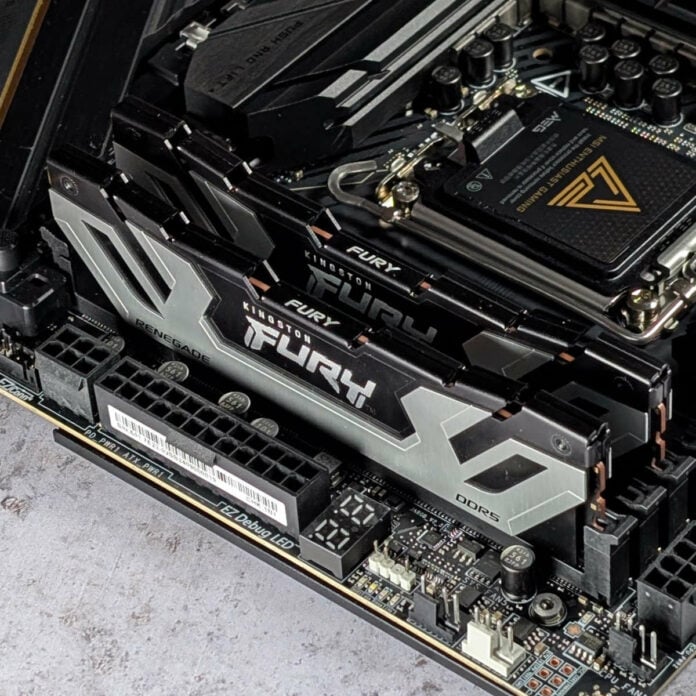RAM speeds continue to increase with each passing generation as several DDR5 kits approach five-digit transfer rates. This level of performance is as astonishing as it is laden with potential pitfalls, including unstable signal integrity. Thankfully, a solution to these woes is already here and may become a part of your system sooner than you’d think.
Introducing CUDIMM.
What is CUDIMM?
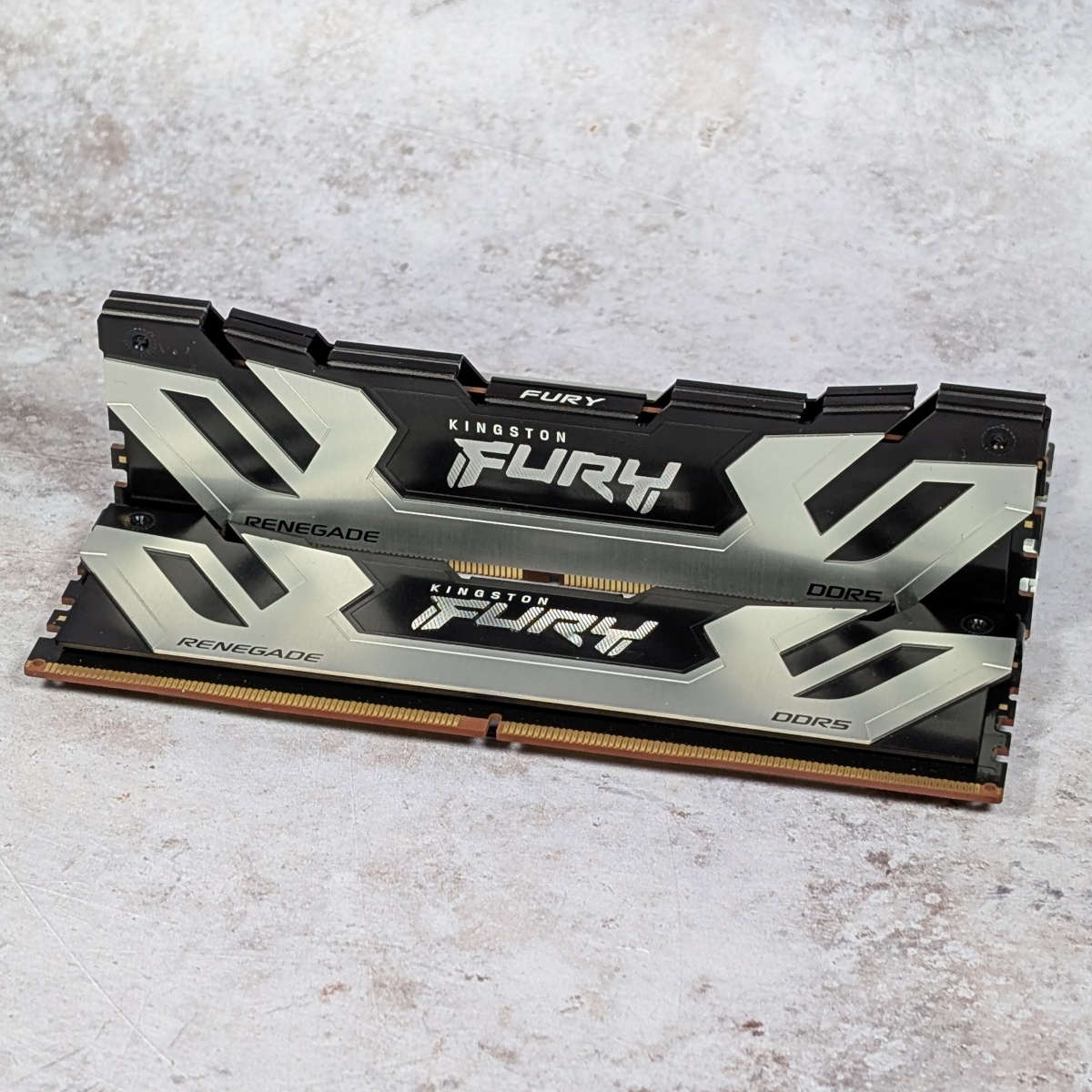
CUDIMM stands for Clocked Unbuffered Dual In-line Memory Module, an evolution of the UDIMM sticks now ubiquitous to the modern PC landscape. This new standard promises to continue pushing RAM speeds ever higher while minimising the risk of instabilities, thanks to its clock driver (CKD). It’s a small but seismic addition that takes charge of the clock signal generated by your processor, mitigating communication problems between your CPU and memory through more precise timings. This approach reduces problems caused by the likes of electrical noise and allows transfer rates to rise without worry.
The proof’s in the pudding, with manufacturers launching CUDIMM kits boasting speeds well above the current top dogs. As we approach 10,000MT/s, such specifications beg the question of whether we’ll soon switch to GT/s as a preferred metric. Nonetheless, these modules are faster than current leaders.
Expect to see CUDIMM slowly become the dominant design, as the inclusion of CKD modules is now a requirement for all new DDR5 UDIMM and SODIMM kits. However, you’ll need a Socket LGA1851 compatible processor, such as Core Ultra 9 285K, to get the most out of any sticks using the new standard. Support among Socket AM5 motherboards and processors is more complicated, requiring BIOS updates for any sort of compatibility. Even then, kits will run in a ‘bypass mode’ that skips the CKD entirely and limits speeds to the maximum offered by the board in question.
CUDIMM in action
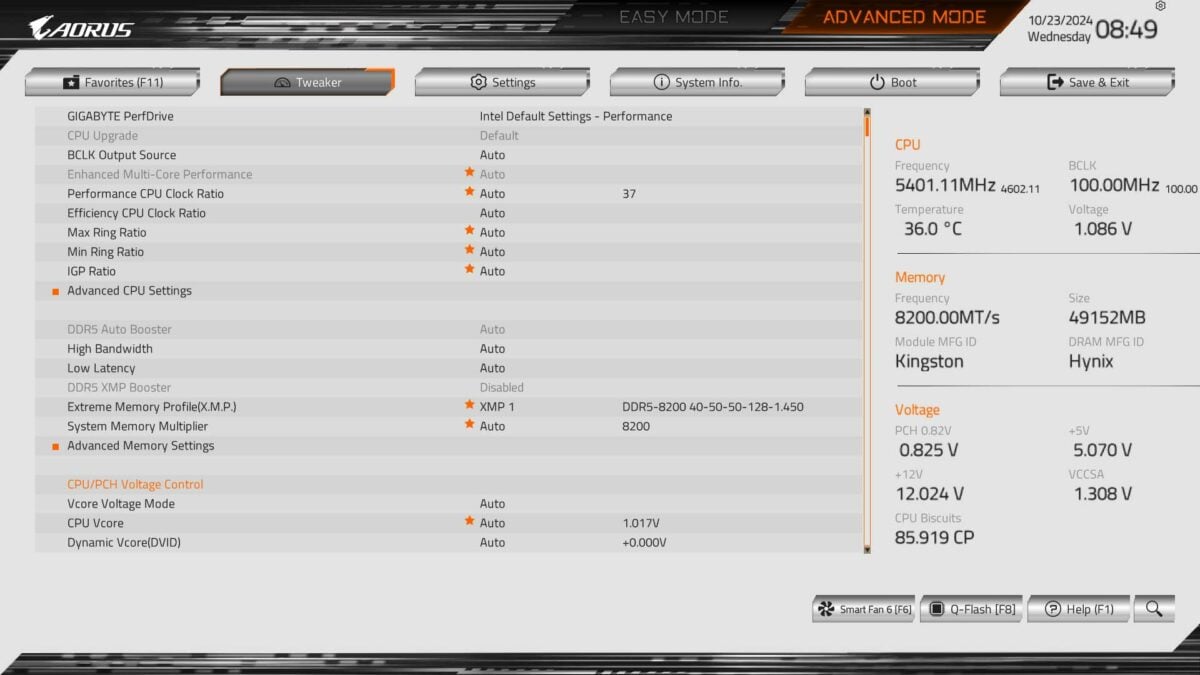
To demonstrate the benefits of CUDIMM, I have a pre-production 48GB (2x24GB) set of Kingston FURY Renegade DDR5-8200 CL40. This early engineering sample gives us an idea of what’s in store for the future of RAM, and though 8,200MT/s sounds blistering, it’s actually slower than what will ship.
Kingston’s initial retail stock will register 8,400MT/s from day one, but today’s test provides a baseline from which to compare against more common speeds. With this in mind, I’ll be providing comparative results from a traditional Kingston 64GB (2x32GB) FURY Beast DDR5-6000 CL36 kit.
| Z890 Pro Ice @ 6000 | Z890 Pro Ice @ 8200 | |
|---|---|---|
| AIDA Read (MB/s) | 94,873 | 118,630 |
| AIDA Write (MB/s) | 85,397 | 96,375 |
| AIDA Latency (ns) | 88.4 | 82.3 |
| Cinebench 2024 1T (Score) | 146 | 146 |
| Cinebench 2024 MT (Score) | 2,426 | 2,464 |
| Corona 10 Render | 13.54 | 13.57 |
| Puget Photoshop Benchmark | 9,915 | 10,219 |
| Puget Premiere Pro Benchmark | 15,126 | 16,186 |
| 3DMark Speed Way (Score) | 10,308 | 10,331 |
| AC Valhalla (Min. / Avg. FPS) | 176 / 227 | 170 / 227 |
| Cyberpunk 2077 (Min. / Avg. FPS) | 91 / 121 | 94 / 124.6 |
| FFXIV: Dawntrail (Min. / Avg. FPS) | 97 / 250 | 89 / 259 |
| Forza Motorsport (Min. / Avg. FPS) | 95 / 139 | 106 / 140 |
| Mount & Blade II (Min. / Avg. FPS) | 235 / 397 | 255 / 401 |
Components for the test suite above include Core Ultra 9 285K, Crucial T700, Noctua NH-D15 chromax.black, Zotac GeForce RTX 4090, be quiet! Dark Power 13 1,000W.
Through the lens of AIDA64, the differences between the CUDIMM and UDIMM kits couldn’t be more stark. That’s a whopping 25% improvement in read speeds, a 13% bump in write, and a welcome 7% reduction in latency. The former really is faster in every sense of the word.
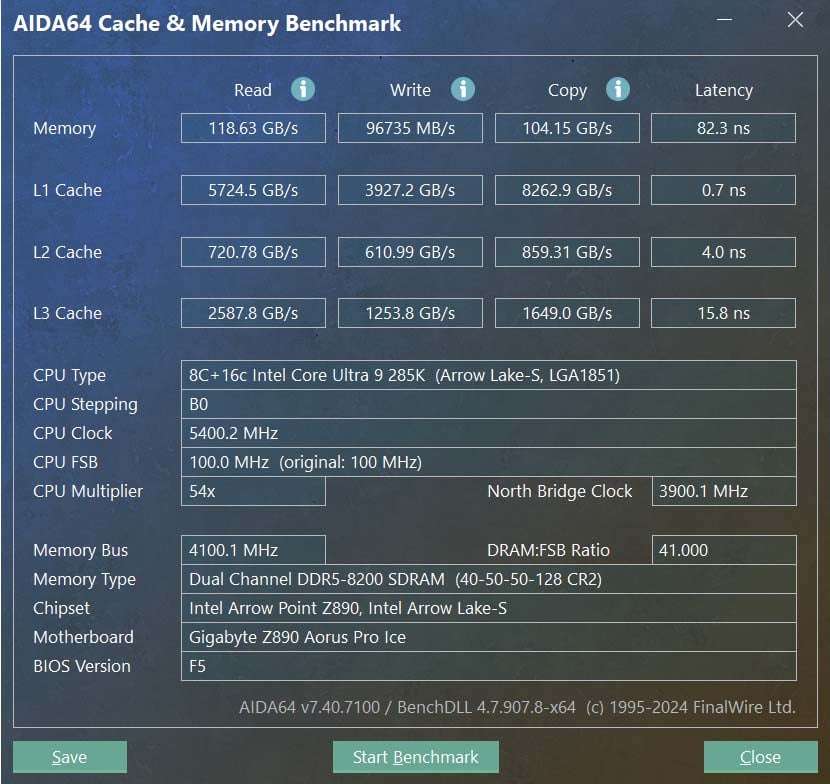
These differences manifest in real-world benchmarks, too. On the gaming front, performance across the majority of our suite rises. Forza Motorsport, as well as Mount & Blade II, benefit most from the extra speed CUDIMM affords, with minimum frame rates in both games seeing a sizeable increase of 11fps and 20fps, respectively.
However, as with current UDIMM sticks, not every title will improve, with AC Valhalla results falling slightly. However, this could be down to a preference for tighter timings over speed.
It’s a similar story examining results in Cinebench 2024, Corona 10, and PugetBench. While the first two applications see no marked movement of the performance needle, scores in the Premiere Pro benchmark are better to the tune of 7%. Likewise, the Photoshop benchmark sees a welcome albeit smaller jump of 3%.
Conclusion
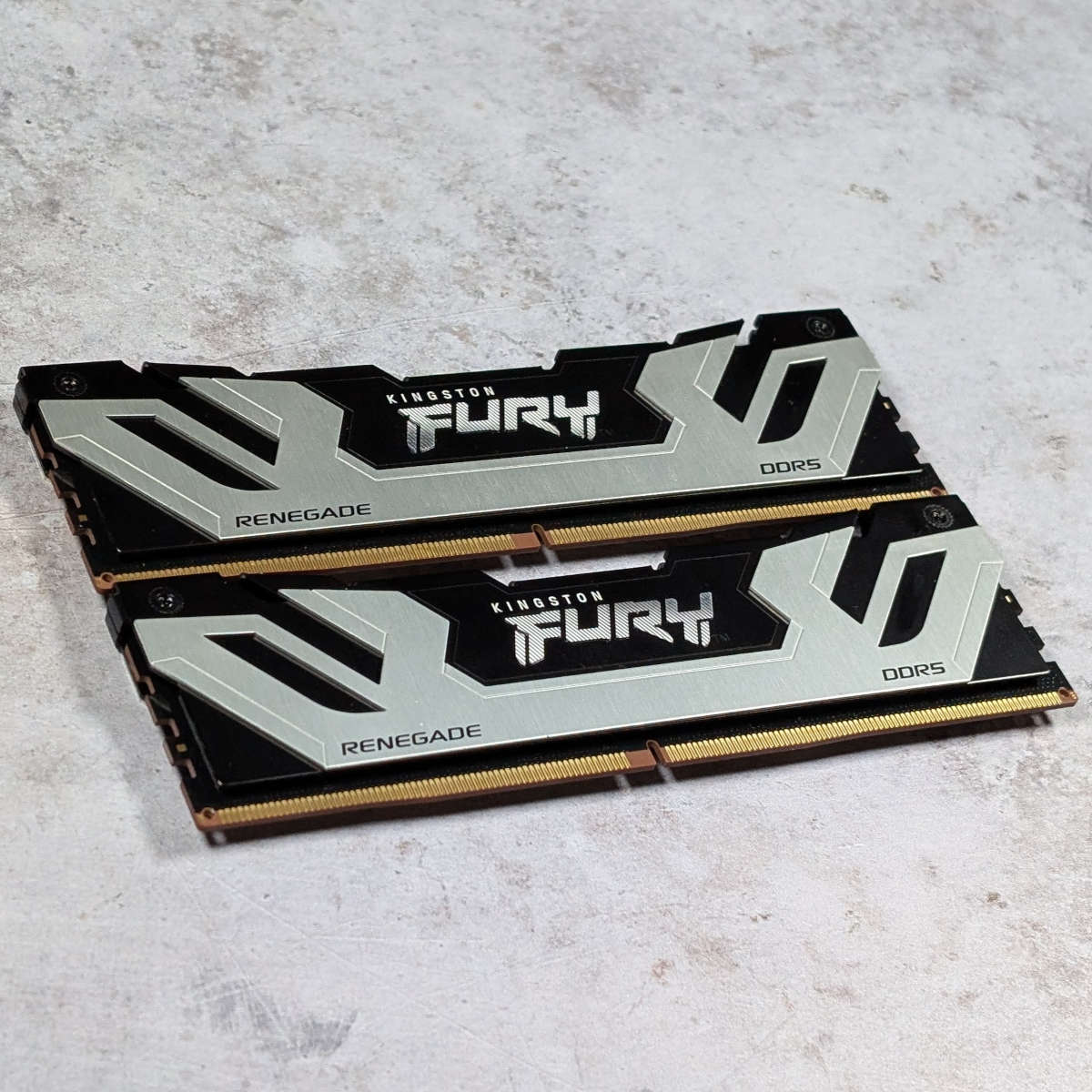
Like any emerging technology, CUDIMM will primarily interest enthusiasts for the moment, and there’s little reason for most system builders to immediately concern themselves with the standard. Given the inevitability of time, though, its benefits will spread to every corner of the market just as DIMM replaced SIMM decades before. In short, the foundations for faster RAM are now in place, providing a higher ceiling that all will eventually come to enjoy.
CUDIMM modules of Kingston FURY Renegade are available now, starting from £168.12 for a single 24GB stick or £336.24 for a 48GB kit of two. RGB variants carry a slight premium, with a lone 24GB stick costing £171.72, rising to £343.44 for 48GB (2x24GB).


